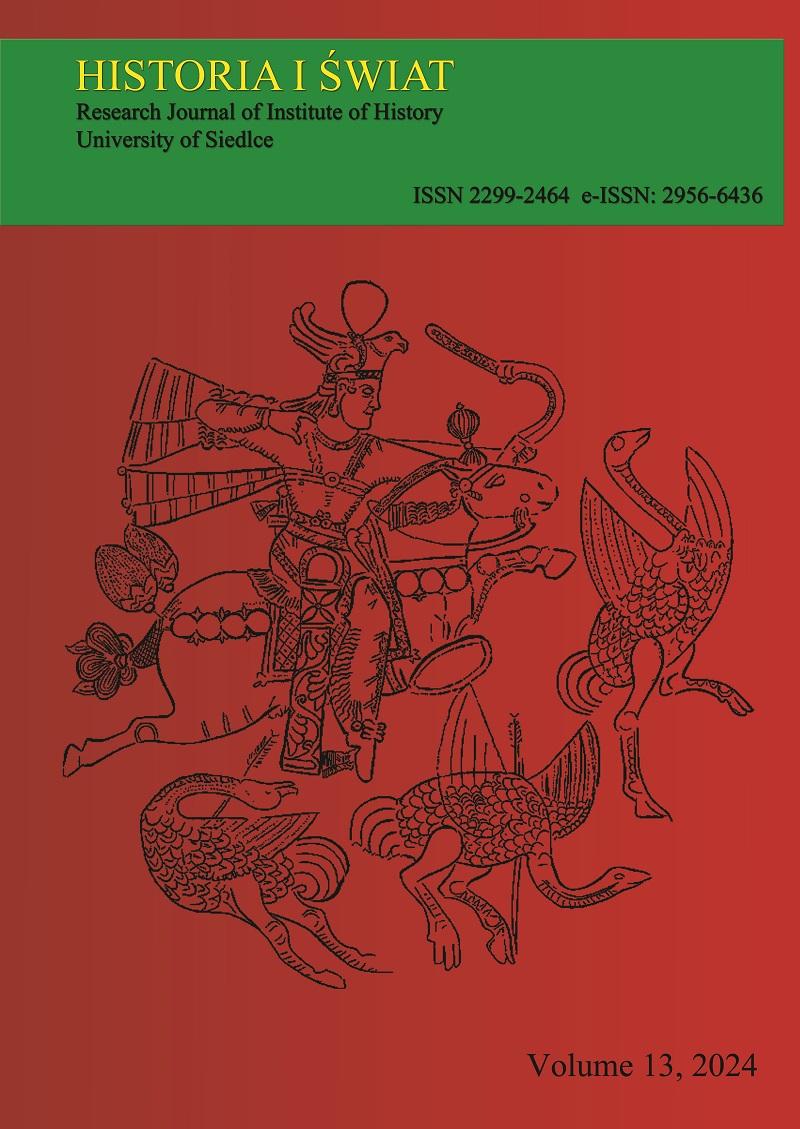Sangbor Petroglyphs in Bavanat County, Southern Iran
DOI:
https://doi.org/10.34739/his.2024.13.09Słowa kluczowe:
Fars, Bavanat, Sangbor, Petroglyphs, Rock Art, Tourism in Iran, Ordinary PeopleAbstrakt
During archaeological research, especially in the study of the historical and Islamic periods, the focus is on kings’ palaces, religious buildings and famous artists. Ordinary people are generally ignored. This means that all people of every social class should be studied to understand past societies. Petroglyphs are one of the most significant archaeological types of evidence to study ordinary people’s art and concerns. During an archaeological survey conducted by the author in Bavanat county, several petroglyphs were found in this area. Considering the importance of rock art in archaeology, anthropology, sociology, the history of art and rock art tourism, in this article, the petroglyphs of Sangbor that were discovered during the survey of Bavanat have been introduced. At this site several petroglyphs are identified on the rock outcrops in the area. Zoomorphs, anthropomorphs, geometric shapes, and unknown shapes are depicted. Petroglyphs were created by three methods: engraving, engraving-pounding and scratching. According to the amount of patination and weathering, the above petroglyphs were created during different periods. Natural factors such as rock erosion, wind and rain have gradually destroyed these rock art. In addition to preserving rock art sites like Sangbor, they can become a tourist attraction for rock art or cultural tourism.
Pobrania
Pobrania
Opublikowane
Numer
Dział
Licencja
Prawa autorskie (c) 2024 Authors

Utwór dostępny jest na licencji Creative Commons Uznanie autorstwa – Bez utworów zależnych 4.0 Międzynarodowe.




